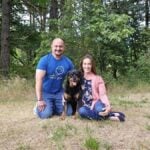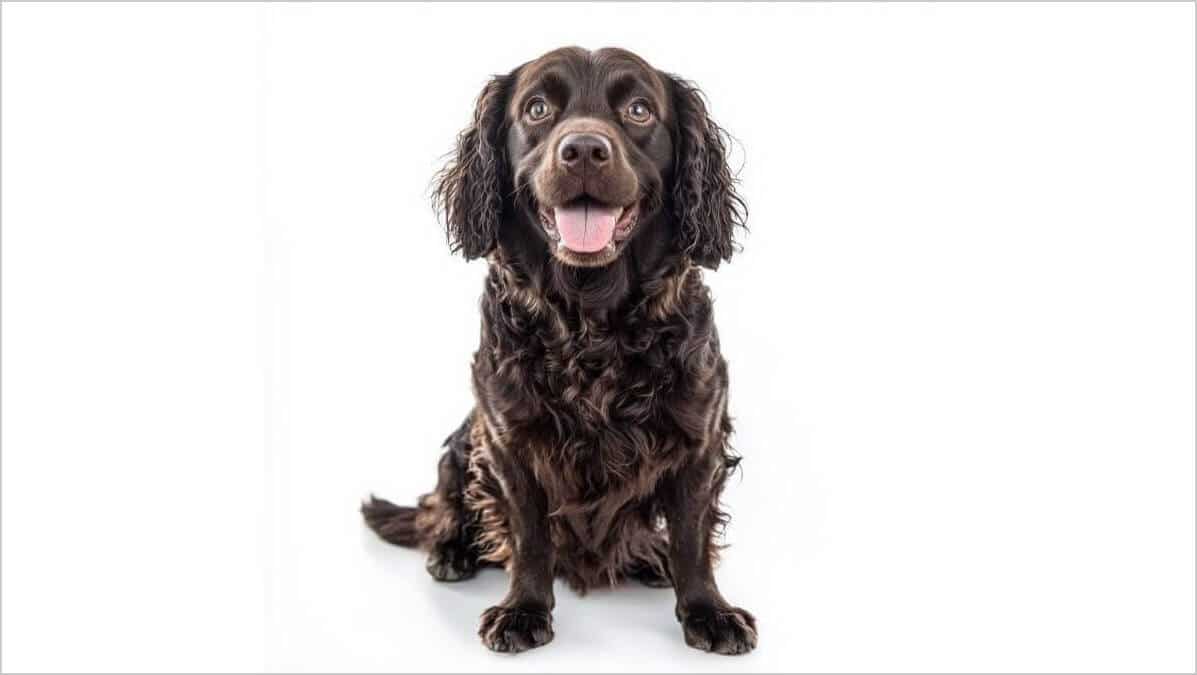


Home » Boykins Will Capture Your Heart

This article was originally published in Showsight Magazine, June 2021 issue.
The Boykin Spaniel is unique in that no other breed of canine can claim to have been originally bred by South Carolina hunters. These hunters needed a small, rugged, and compact dog to retrieve game on land and in water. The breed was developed in the early 1900s for hunting wild turkeys and waterfowl in the Wateree River Swamp. As a result, the Boykin Spaniel became known as “the little brown dog that doesn’t rock the boat.”
Today, the Boykin Spaniel adapts beautifully to dove fields, duck marshes, upland game in native grasslands, and the homes and hearts of his present-day owners. Most Boykin Spaniels are characterized by their super-energized personalities, a desire to please their “peeps,” loving attitudes, enthusiastic field ability, flexible agility, and reasonable speed. This combination of traits is unmatched by most other breeds.
A Boykin Spaniel is unmistakable—if you know what you are looking for. He exhibits a firmly muscled, working appearance yet is lighter and smaller than his larger Sporting dog counterparts. The Boykin is solidly built, with moderate bone. His size is an important feature, as it aligns with the needs of his historic handlers. Standard size is 15.5″-18″ and approximately 40 lbs. for males, and 14″-16.5″ and approximately 30 lbs. for females.
This little brown dog has Spaniel-style flop ears set even with his eyes or slightly higher when alert, a liver-colored coat (varying shades of brown), and some light feathering to protect him in the field. The coat, often bleached to reddish fringes by the sun, provides camouflage while hunting. It should be thick enough to protect the dog in heavy cover and adverse weather, but not excessive enough to hinder his active, working nature.
The Boykin Spaniel Club & Breeders Association of America describes the coat in its official Breed Standard:
“The coat can range from flat to slightly wavy to curly, with medium length. Boykin Spaniels are considered a ‘wash and wear’ dog, easily going from the field to the ring. His coat may be trimmed, never shaved, to have a well-groomed appearance and to enhance the dog’s natural lines. It is legitimate to trim about the head, throat, ears, tail, and feet to give a smart, functional but natural appearance.”
Historic legends claim the docked tail was a practical modification to prevent the long, twitching tail from rattling leaves in a turkey blind and to minimize rocking a small boat in the swamp. The Boykin Spaniel’s eyes, ranging from yellow to amber to varying shades of brown, are almond- or oval-shaped. Protruding or bulging eyes are considered undesirable.
Early ancestors of the Boykin Spaniel reportedly include the Chesapeake Bay Retriever, English Springer Spaniel, Cocker Spaniel, and American Water Spaniel.
Overall, the Boykin Spaniel is an active, working dog where temperament, structure, and soundness are of utmost importance to breeders, owners, and enthusiasts. “Form to Function” is a key principle when evaluating a Boykin; symmetry, gait, attitude, and purpose matter more than any single feature.
The Boykin Spaniel is a remarkably versatile and compact gundog. Athletic, tenacious, and enthusiastic in the field, they are equally loving, gentle, and affectionate at home. Known for their abilities in flushing, tracking, scent work, and retrieving, Boykins are also quick learners, capable of excelling at nearly any task they are taught. They adapt rapidly to new environments when introduced properly.
These versatile dogs are exceptional companions for all seasons and activities. Be careful—once a Boykin Spaniel captures your heart, you might not be able to go home without one!